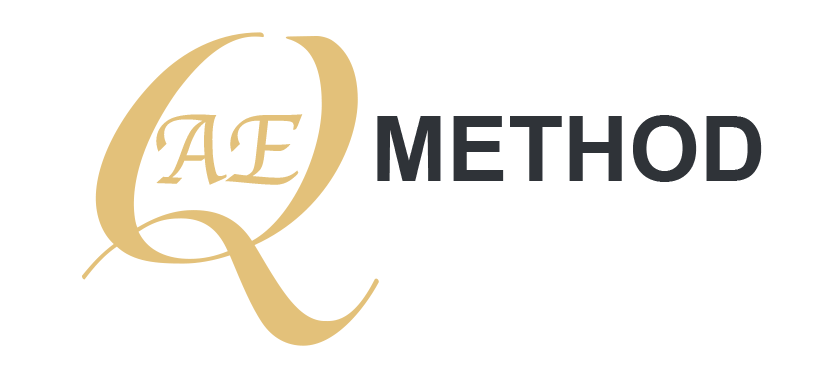Changing the mind and not ‘fixing’ the muscles and body structure
Conventional approaches toward rectifying mistakes in our body felt as chronic pain, movement limitation, or inefficient movement derive from the body’s structure and how muscle and body processes work.
Chemical compounds that belong in the medical doctrine, muscle groups’ strengthening, and most often, long-term rehabilitation procedures are often invasive interventions in the body. They usually bring only short-term changes for the better and long-term deterioration of health. We like to say: genetics is to blame, and changes for the worse are “normal and inevitable.” What the things mentioned above have in common is that the rehabilitation process usually does not involve changes in a conscious effort to feel and understand your body how, when, and why improper movement occurred.
We have our body, which is available to us from the day of our birth to the day we die, but most of us sadly know more about changing the settings on their mobile phone than about changing their movement – let’s say, changing the way we walk so that we wouldn’t feel the pain in our knee anymore.
Due to too much focus on technology and dependence on it, we are increasingly inferior in our understanding of ourselves, and we are becoming increasingly dependent on professionals we expect to be told what is wrong with us; namely, no way or device can show or measure to them what and how we feel in our body. The AEQ method will thus help us regain the ability of self-awareness, self-repair, self-regulation, self-control, and self-medication, which are the foundations of the operation of every soma in space and time. It is precisely these abilities of our soma that have enabled us to exist and develop through evolution. The development of every child is based on these principles. As they grow up, a child develops their mind and adjusts their muscle usage with it. They also add new motor abilities that allow them to discover new things, new knowledge and develop their intelligence and emotions. Each of us knows how quickly, effectively, painlessly, permanently, and satisfactorily a person develops during childhood. Unfortunately, we don’t know that we don’t have to lose all of this with age: the AEQ method could maintain youthful abilities for years to come.
The bones are positioned the way the muscles pull them, and the muscles act the way the brain tells them to, while the brain orders based on what it learned and what it feels from the body!
If we are aware of this order, then it is more than obvious to us why the better, long-term, and more efficient approach towards our ‘problems’ is to change the mind through learning and being aware of our actions and movement, instead of preparing the body without changing the mind.
The following old Tibetan story is an excellent metaphor for you to understand better. Imagine your ideas of desires and needs as passengers in a carriage, the horses pulling are the body’s muscles, the carriage is the body, and our attention and awareness are the carriage driver. Suppose the carriage driver is asleep, and the passengers want to reach their destinations. In that case, they begin to pull each of the horses in a different direction and have many difficulties reaching their destination, if they ever even reach it. However, when the carriage driver wakes up, he can effectively guide the horses and quickly and efficiently bring the passengers to their destination. The AEQ method and AEQ exercises contribute greatly to the carriage driver’s alertness and competence as well as to the reliability of the carriage; they make sure the horses are fed and rested, and the passengers are on time, and that they safely reach their destination.
Aleš Ernst, author of the AEQ method and AEQ breathing






